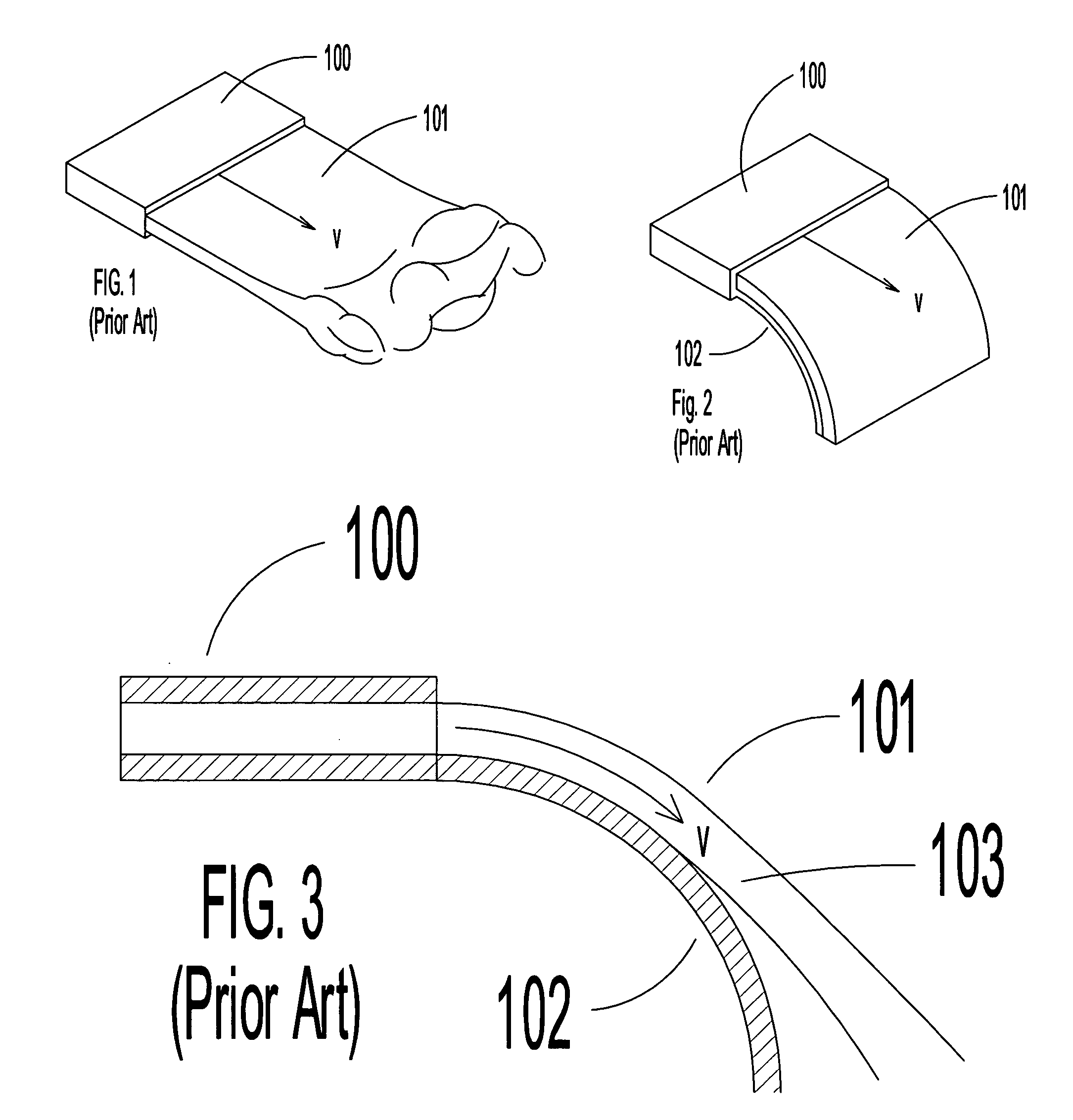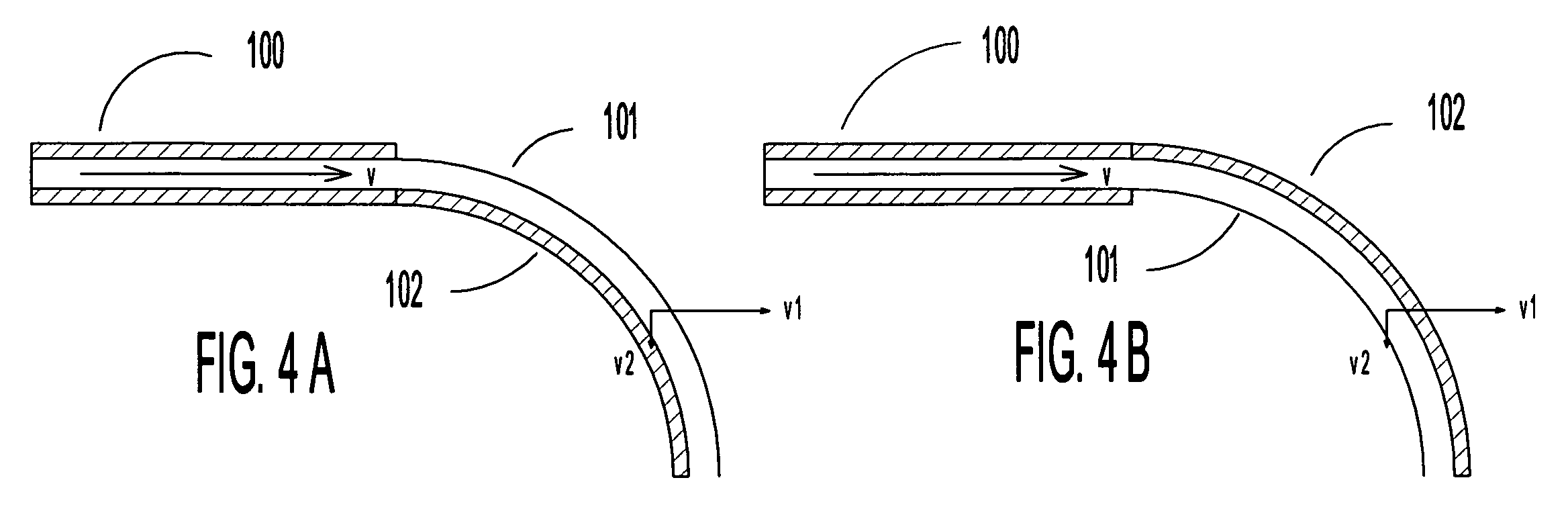However, generally such microenvironments are uncomfortable for the user, especially if worn for long times. Thus, due to discomfort and restrictiveness respiratory equipments of this type are worn only when absolutely necessary.
Consequently, the discomfort problem particularly hazards the effectiveness of microenvironments.
Fast access to protective equipment is required because many hazardous incidents occur with little or no warning.
A
cooling tower upwind of the Medical Hospital was found to be contaminated.
A particular problem with enclosures of this type is the ingress of hazardous
particulates to a patient or the egress of hazardous agents to a physician or laboratory worker allowing possible infection.
Minienvironments do not generally protect the worker from emissions when the hood is opened to allow access.
Protective enclosures, using powered air respirators are known but these require bulky equipment are not designed to be conveniently carried and rapidly deployed.
They are not portable.
Isolators of this type are generally not portable.
Conventional particulate
mask configurations using
mask-to-face sealing is attained in many instances only with considerable discomfort for the user.
Particulate filter facemasks are particularly uncomfortable because of high
breathing resistance, impaired
voice communication, increased thermal stress and the further discomfort of tight-fitting straps, especially when the mask must be worn for prolonged periods.
It is impossible for the user to eat without removing the mask.
Masks of this type generally do not allow portability because the apparatus providing conditioned air or gases piped into the mask is usually fixed and bulky.
Problems often arise with masks of the above configuration.
The mask may become dislodged, thereby breaking the seal between the mask and wearer.
This may occur if the wearer rolls over when sleeping thereby creating a pulling force on the supply line sometimes transmitted to the mask and breaking the seal.
Another problem is the face-contacting portion may apply excessive pressure to the wearer's face resulting in discomfort and possibly
skin irritation.
In certain cases excessive pressures may increase wearer discomfort, resulting in facial soreness and ulceration.
Protective hoods of this type are usually powered air respirators requiring bulky equipment and not designed to be conveniently carried and rapidly deployed.
They are generally not portable.
Unfortunately, the user will not generally tolerate an uncomfortable hood for these long durations and the intended protective, therapeutic or diagnostic objectives will not be achieved or will be achieved with great difficulty and at considerable user discomfort.
In addition, these art-crafted respiratory hoods are relatively bulky and heavy equipments are generally required.
Often a user exposed to an unexpected
toxic environment is untrained in safety procedures such as how to don and activate a powered air
respirator hood, resulting in
panic or at least degraded job performance.
Respiratory protection apparatus currently used by military personnel for protection against chemical and biological contaminants impose additional substantial physiological and psychological burdens on the wearer because of the added stress of a hostile enemy.
Hoods used as protection against hazardous agents are difficult to wear for prolonged periods because they are relatively bulky and heavy, have high
breathing resistance, impair vision and communications, cause thermal stress, physical discomfort, and degrade military performance.
The demands placed on respiratory protection equipment for use by the crews of military vehicles: e.a., land and / or sea vehicles, are even greater due to the limitations on the size or bulk of such
crew masks in crowded
crew cabins, and the need to avoid
fogging of the lenses plus
crew- person exhaustion from heat buildup, physical discomfort and / or
respiratory effort.
However, the M45 has no powered blower
system due to weight and logistic concerns.
While the M45 provides adequate protection and defogging properties, this crew mask is reported to be very uncomfortable when used in combination with helmet systems due to the harness buckles and the presence of the intern seal in the
forehead area, where a crew helmet can press the seal into the
forehead.
In addition, the lack of a powered blower
system results in high breathing resistance, adding to crew fatigue.
Respiratory protection apparatus currently used by both civilian and military personnel for protection against chemical and biological contaminants impose considerable physiological and psychological burdens on the wearer.
There are generally both physiological and psychological problems with the user of respiratory isolation masks both of the mouth-
nose particulate filter mask type and respiratory hood approaches.
Physiologically, there can be physical discomfort with conventional filter-type respiratory isolation apparatus by high breathing resistance, impaired
voice communication, increased thermal stress,
impaired vision, and discomfort wearing the apparatus for prolonged periods.
It is impossible for the user to obtain food or drink without removal of the mask.
Facemask respirators protrude in front of the face, limiting
visibility.
Continued
exhalation into the dead
air space further increases the retained
carbon dioxide level increasing the probability of hyperventilation, cardiac stress and diminished capacity to perform work.
In the case of respiratory hoods relatively bulky and heavy equipments are necessary, all of which degrade job performance.
The user consequently will not tolerate an uncomfortable hood for long durations and the intended optimum therapeutic or diagnostic objectives will not be achieved or will only be achieved with great difficulty and at considerable user discomfort.
Psychologically, because the mouth and
nose are enclosed, breathing and communication is difficult and the fear of confinement may result in claustrophobic
panic.
 Login to View More
Login to View More  Login to View More
Login to View More 


